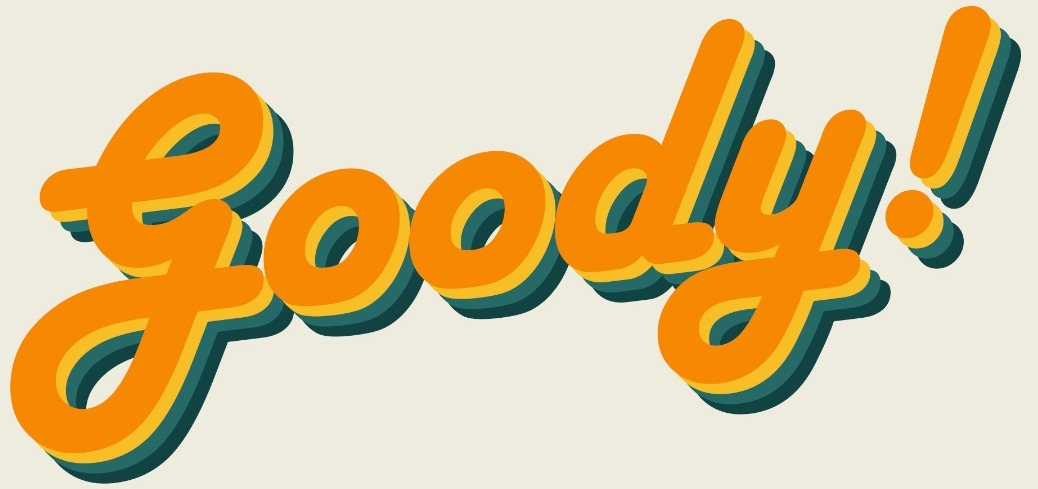
The COVID-19 pandemic has caused the instability of the global economy and we began to pay attention to national and international economic developments. In fact, finance is not as difficult as we imagined, and it is closely related to our lives. Come and follow me to learn some useful financial terminologies!
1. Futures
For example, you have booked a Gucci handbag, when the goods arrive and the salesperson asks you to pay, this is called a spot transaction with a physical settlement.
When you go to the store and find that the same bag on the shelf has increased in price, you decide to sell it to your peers to make a profit. This is called a cash settlement.

Photo Source: World Business Council for Sustainable Development
For futures, a trading contract is signed now, but it will be traded in the future. In other words, futures are standardized contracts that are traded on exchanges. The contract stipulates that a certain amount (contract size) will be traded at a certain price (future price) at a certain time (delivery date) in the future. commodity.
For example, Mr. A is a shop selling rice balls, but Mr. A is worried that the price of rice will rise in the future. Therefore, Mr. A decided to use the current price to order the future batch of rice with the rice merchant. Therefore, Mr. A paid a deposit to the rice merchant and signed a contract to "buy future white rice", which was the predecessor of futures.

Photo Source: Business Matters
2. Short Sales
Speculators believe that the price of a certain commodity, stock, bond, etc. will fall, so they sell futures, hoping to buy it back after the price falls, so as to obtain profit from the difference. Speculators have no physical objects in their hands after they have sold them but before they have bought them back or make up for them, so they are called "short positions".
For example, your guest needs a Chanel bag, but you have no stock on hand, so you transfer a bag from a colleague and you promise to return your colleague in a few days. If the market price of the bag is $5,681. When you sell to a customer, the exchange rate is 3.98 and the selling price is RM22,610.38. When you buy the same type of bag and return it to your colleagues, the exchange rate is 3.67, and the buying price is RM20,849.27. So, you gain a profit of RM1,761.11. This is called a short transaction.

Photo Source: All Business Schools
3. Quantitative Easing
For example, during the COVID-19 period, the demand for masks greatly increased. The sales of masks in the market were very good, so the supermarket set the condition that a family can only buy one box. However, as the COVID-19 pandemic is pushed out, the demand for masks is not as large as it was at that time. When the customers are allowed to decide how much to buy, it is called quantitative easing.

Photo Source: The Guardian
Hope you have learned something new related to finance from this article. ^^
Cover Photo: New York Times | Poole Group





